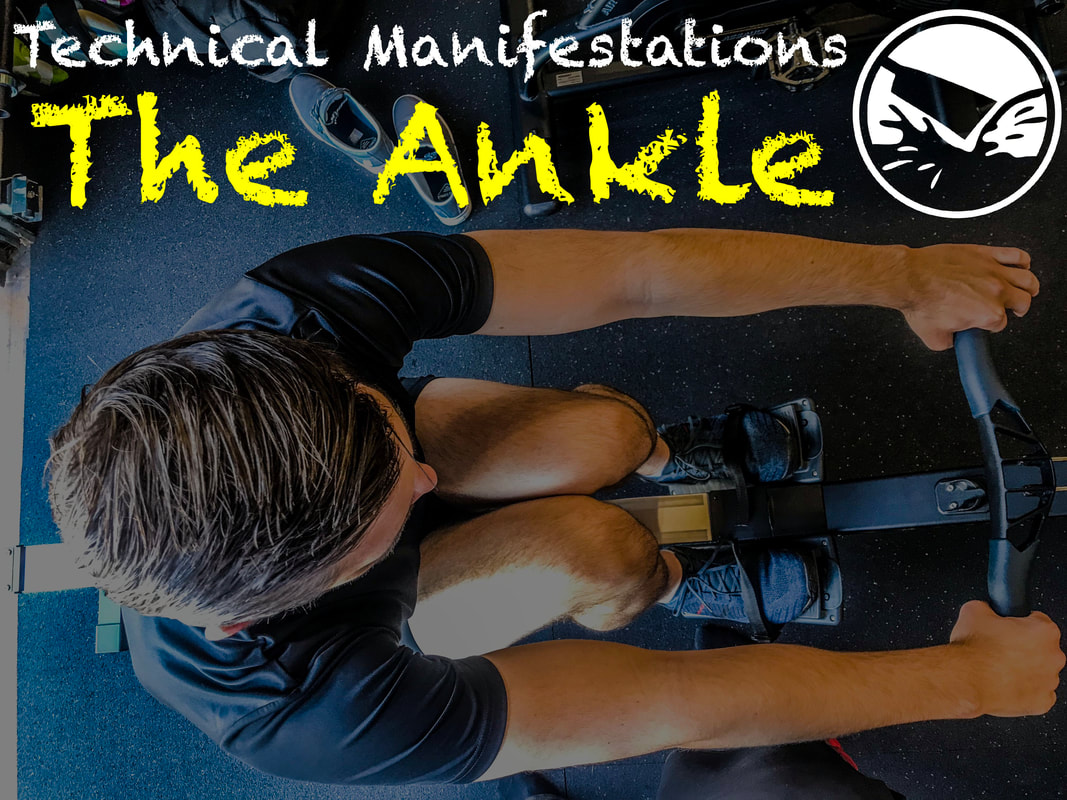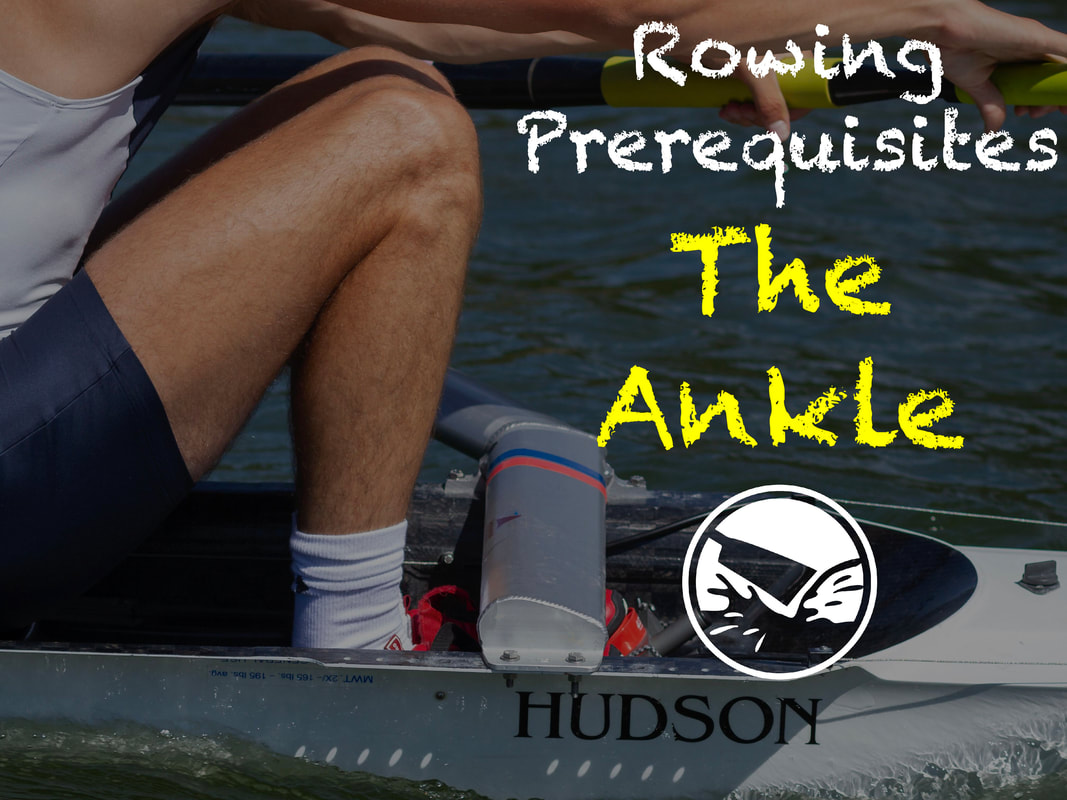Benefits
0 Comments
Lacking ankle range of motion? Limitations here will cause issues with compression and body position into the catch. It will also limit the athletes ability to get their heels down quickly (an ideal ability). Common injury potential includes the foot, knee, and back. Below are some common faults seen in the stroke when the ankles are limited. We know from several studies that an asymmetry exists in foot pressure on an erg and on the water, whether that be sculling or sweeping.
This asymmetry in foot pressure may affect boat speed and cause a sheering force at the hips and spine. This could contribute to back pain or back injuries. Symmetrical ankles may play a part in limiting these asymmetrical forces. Asymmetrical ankles may play a part in contributing to these asymmetrical forces. One study found that high density textured insoles may help rowers balance out foot pressure, increase stroke length, and apply greater force to the footplate. May be worth looking into... Are your ankles symmetrical? Our goal as coaches should be to ensure our athlete’s safety and optimal performance. One way to do so is to make sure they are physically able to reach positions required by their sport. This is the first post in a series that will explain what is required from a rower to safely and effectively move boats. |
Author
Blake Gourley holds a Masters of Science in Sports Performance Training and has over 12+ years of experience working with rowers. Read more Categories
All
Archives
August 2023
|




 RSS Feed
RSS Feed